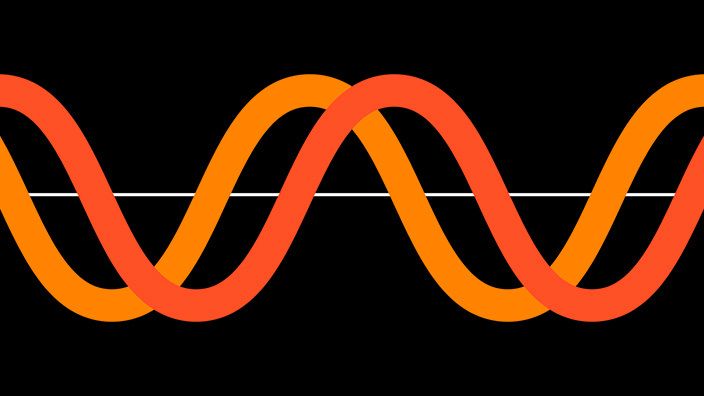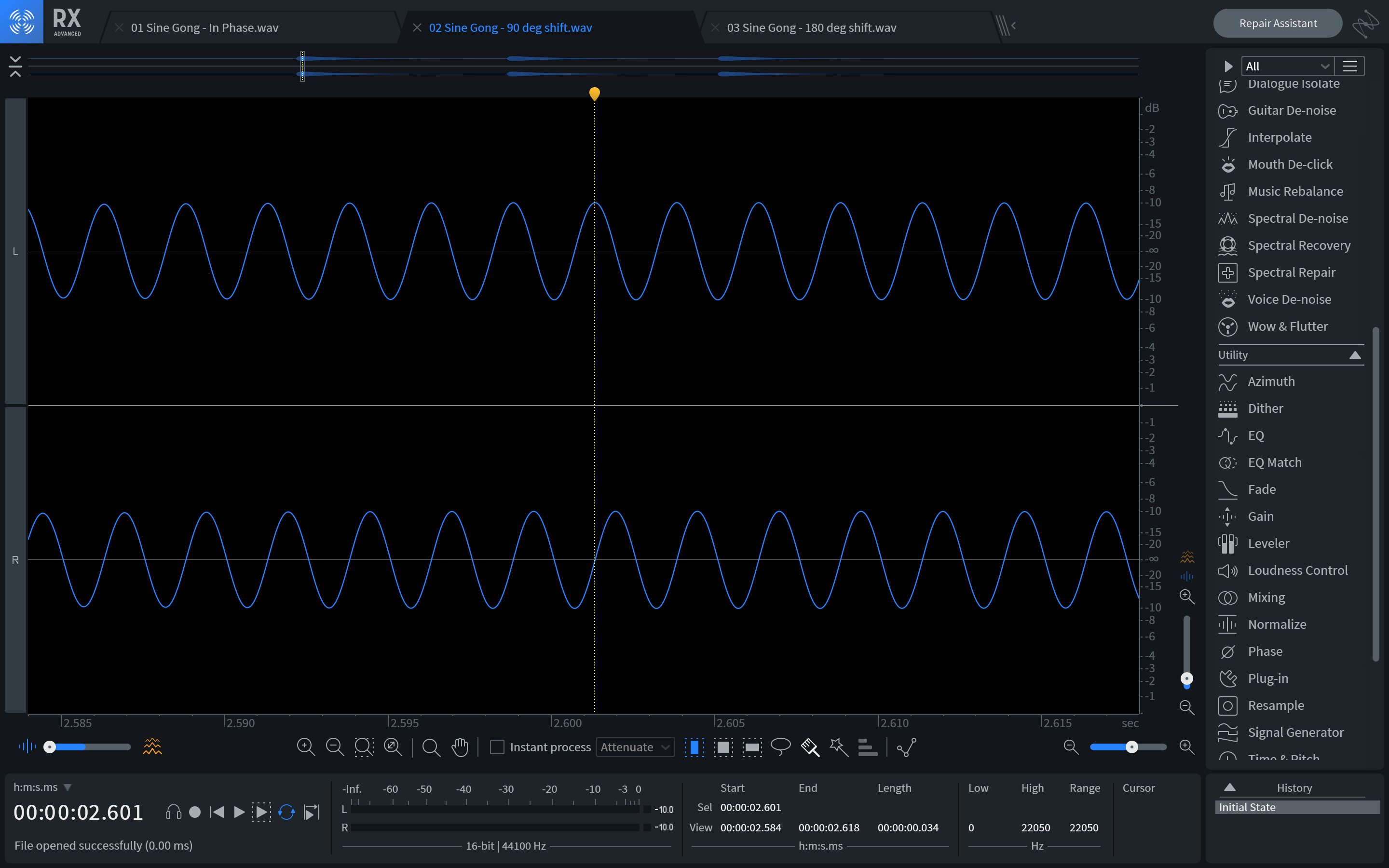
What is phase in audio? 5 ways to address phase issues
Learn what phase is in audio and music production and look at five ways you can address phase issues in your mix to increase clarity.
Like headroom, the concept of phase is one of those core, foundational concepts in audio engineering that is often misunderstood. If the Wikipedia definition of phase has left you scratching your head, or you’ve been wondering why phase is measured in degrees, or what the heck someone means when they say, “sounds like you’ve got some phase issues going on in your drums,” you’ve come to the right place.
In this piece, we’re going to untangle exactly what phase is, when and why it can be beneficial vs. problematic, and how to deal with it when it falls into the latter category. You also have my word that I’ll keep it math-free and use good visual and sonic examples where possible. So let’s dig in and sort out this phase issue once and for all.
What is phase in audio?
In the purest sense of the term, “phase” describes a position, measured in degrees, within a single cycle of a sine wave. Even that is dense though, so let’s try to break it down a bit more.
First of all, what does measuring a sine wave in degrees even mean? This is one of those concepts that’s easiest to demonstrate visually, so let’s take a look at a little gif and tease this idea apart.

Above, on the left, we see one cycle of a sine wave, constantly refreshing itself. On the right, we see what’s known as a phasor. Phasors are math-y things that we’re not going to worry about too much other than to say, they’re basically just an arrow that rotates in a circle.*
One thing we hopefully all remember about circles is that they encompass 360° of rotation, and so as the arrow spins, we can describe its position in degrees—as marked around the dashed circle, above. If we then tie the vertical location of the tip of the arrow to the sine wave—illustrated by the dashed line connecting the two—we can infer the position within the wave cycle, measured in degrees, according to the arrow’s angle.
*Yes, technically the phasor should be rotating counterclockwise, don’t @ me. Also, if you know that, what are you doing here?
In essence, this allows us to describe fractions of a waveform cycle with a high degree of detail. 90° is one-quarter of a cycle, 180° is half a cycle, 7° is seven-three hundred sixtieths of a cycle. On its own though, this ability to precisely describe position within a waveform doesn't mean much. When we start looking at two waveforms of the same frequency, however, being able to talk about and measure the phase relationship between them becomes crucial.
Phase vs. polarity
Before we discuss that in detail though, I’d like to review one other related concept: polarity. Whether it’s in your DAW or on a plug-in, you may have noticed the “Ø” symbol at one point or another. People often call this a “phase switch” and will say it’s used to “flip the phase.” If we’re being accurate though, this is rightly called a polarity switch, and while reversing—or flipping—polarity looks an awful lot like a 180° phase shift, they are not strictly equivalent.
Simply, polarity reversal is exactly like swapping the cables going into the positive and negative terminals on your speakers. A signal that is used to make the speaker cone push out now makes it pull in, and crucially, this operation occurs instantaneously: the exact moment it would've pushed out, it now pushed in. A 180° phase shift, on the other hand, means that all frequencies have been delayed—or shifted in time—by half a cycle. As with a polarity flip, what was once “out” is now “in”, however, it’s also happening ever so slightly later in time.
This time shift gets at the core of what phase manipulation is, and is important not only in understanding the impact of phase issues in music production but also in applying remedies. More on this, next.
Follow along and fix phase issues in your audio with a free demo of


RX 11 Advanced
Phase in action: how and why
Measuring and talking about phase relationships becomes really important when two or more signals are involved. This is mainly because the phase relationship between two signals has a strong impact on how we perceive them collectively, in several ways. To examine this, let’s look at our friend the sine wave again in a few different phase relationships with a twin sine wave.
First, here they are “in phase” with each other. In other words, there is no phase offset between them. Notice how the peaks and troughs of both waveforms align.

Sine gong, in phase
Next, let's look at a 90° offset. Here, the peaks and troughs of one waveform will align with the zero crossings of the other.

Sine gong, 90 degree shift
Finally, here’s a 180° phase offset in which the peaks of one waveform align with the troughs of the other.